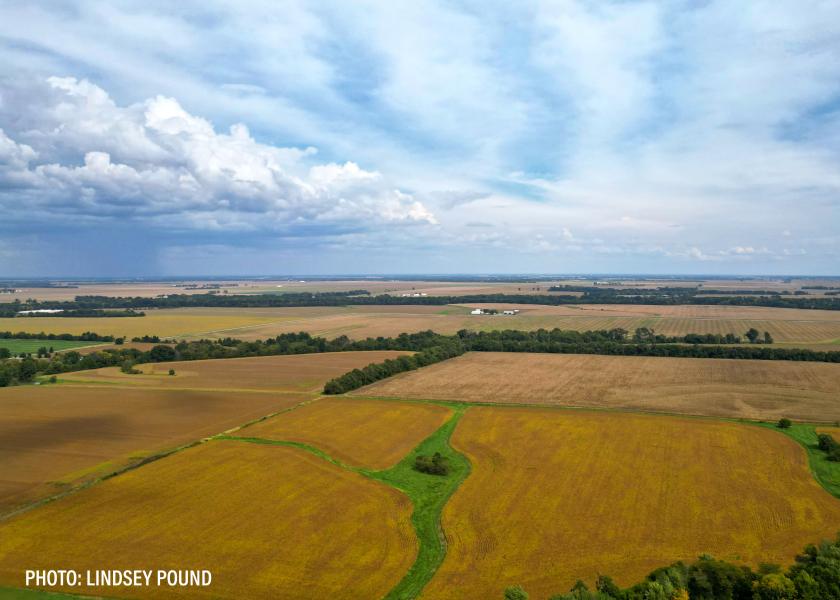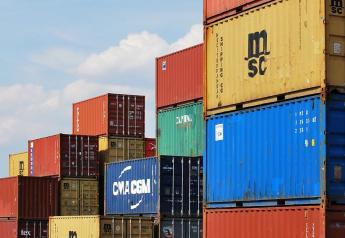Important Differences Between Today and the 1980s Ag Economy

Indiana ag lender Joe Kessie graduated from Purdue University in 1983 with a degree in ag finance – during the height of the 1980s farm crisis.
“I think only about 25% of the graduates in the ag school had jobs at the time of graduation,” he says.
Though it was a tough time to be starting out in the industry, Kessie (who is now retired) is grateful to have experienced so much early on in his career.
“I always tell people I was fortunate to start when I did because I got to see everything that could go wrong in banking and ag finance during that farm crisis,” he says. “It was a little easier to be objective because I hadn’t made those original loans and was working with the clients to get through that.”
He was also able to help customers make the best of their situations.
“In the late ‘80s, early ‘90s, there were tremendous opportunities to take advantage of. Ground was down to $1,000 an acre or less in our area,” Kessie says. “I had some operations that were making adequate money even though their net worth still might have been going down with deflation. I helped them take advantage of some of those opportunities and I formed long term relationships.”
Insights on What’s to Come
Though inflation is currently high, Kessie doesn’t expect a repeat of what he experienced in his early career for three main reasons.
“Back in the ‘70s or early ‘80s, all the farm rates were all variable. When rates skyrocketed, basically all the debt on the balance sheet went up,” he says. “Today, about any kind of term debt is fixed at pretty attractive rates. The higher rates today are affecting operating and if you make a new purchase, but the other debt on the balance sheet is not affected.”
He also shares the overall farm balance sheet and management level is in better shape than it has previously been.
“The farm balance sheet was pretty leveraged in the ‘70s versus now it’s not,” Kessie says. “Overall, the management level is definitely better today than it would have been in the 70s. A lot of the inefficient operations, unfortunately, didn’t make it.”
Investment funds are another reason the state of the current ag economy differs from the 1980s.
“There’s a lot of farm cash buyers but then there’s also a strong interest in investors and investor funds,” Kessie says. “None of that was there in the ‘80s to support the market. The sales we’ve seen in real estate this year continues to go up, and demand is very strong.”
To hear more about Kessie’s reflections and expectations, check out this episode of the Top Producer podcast.







